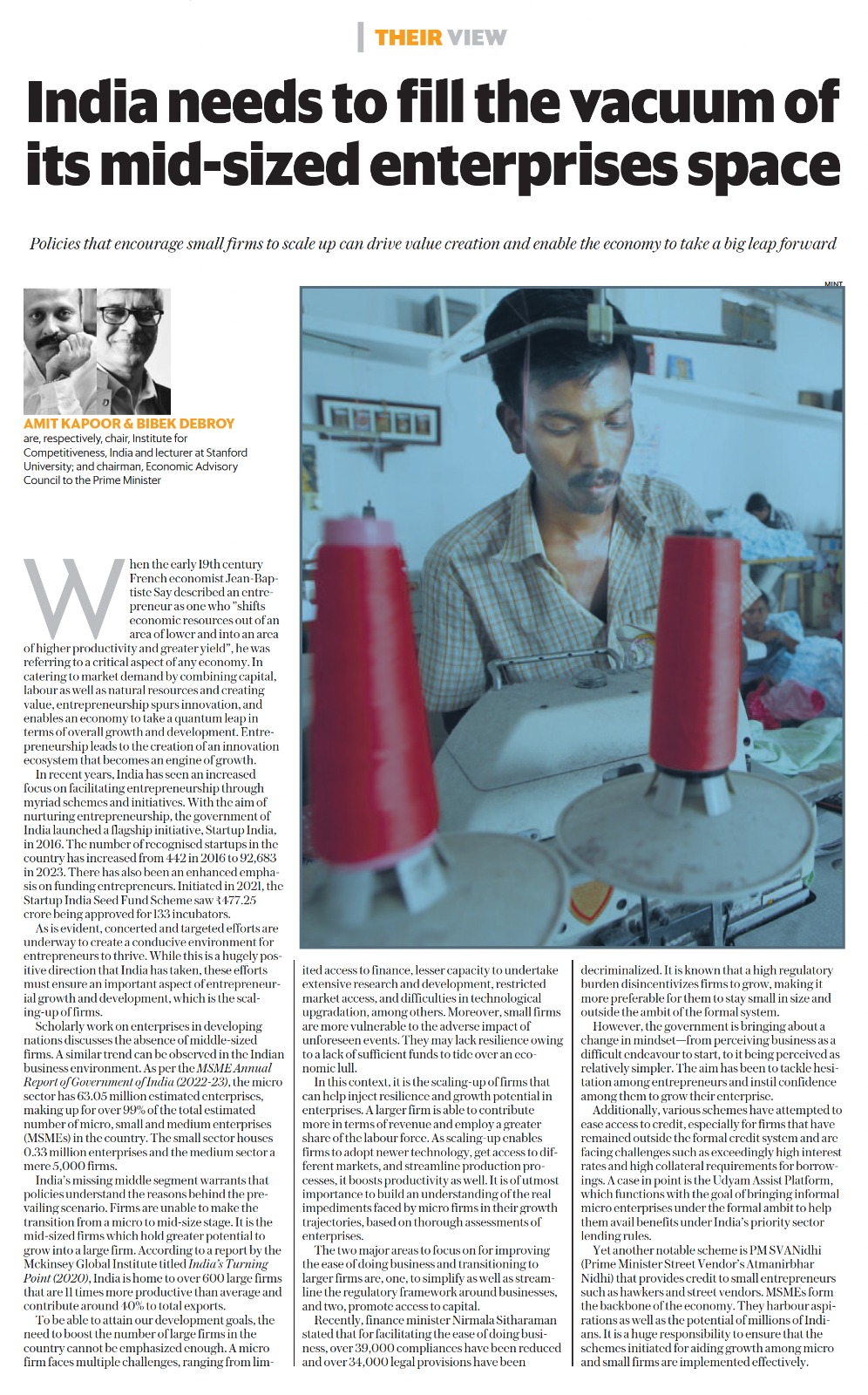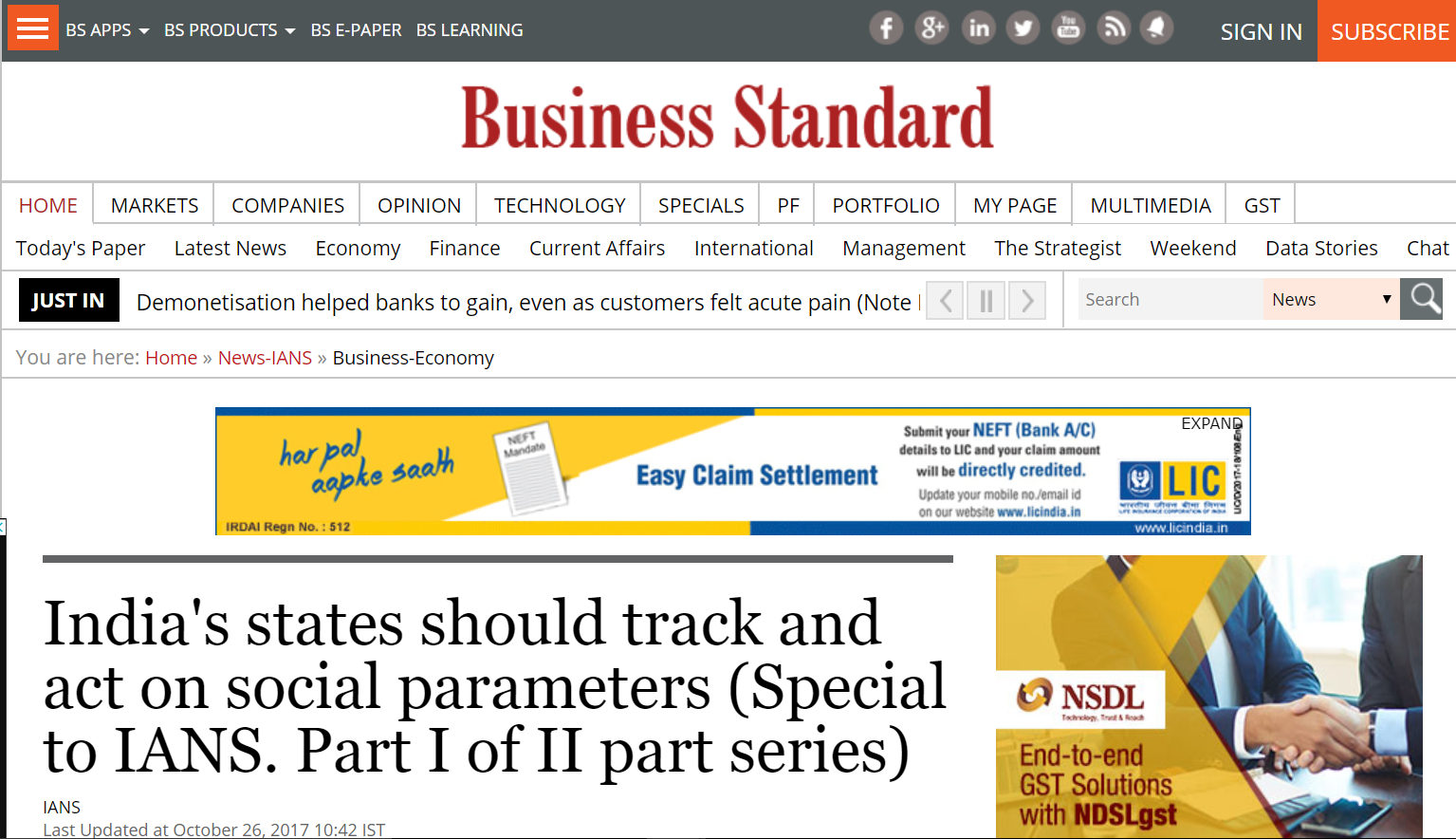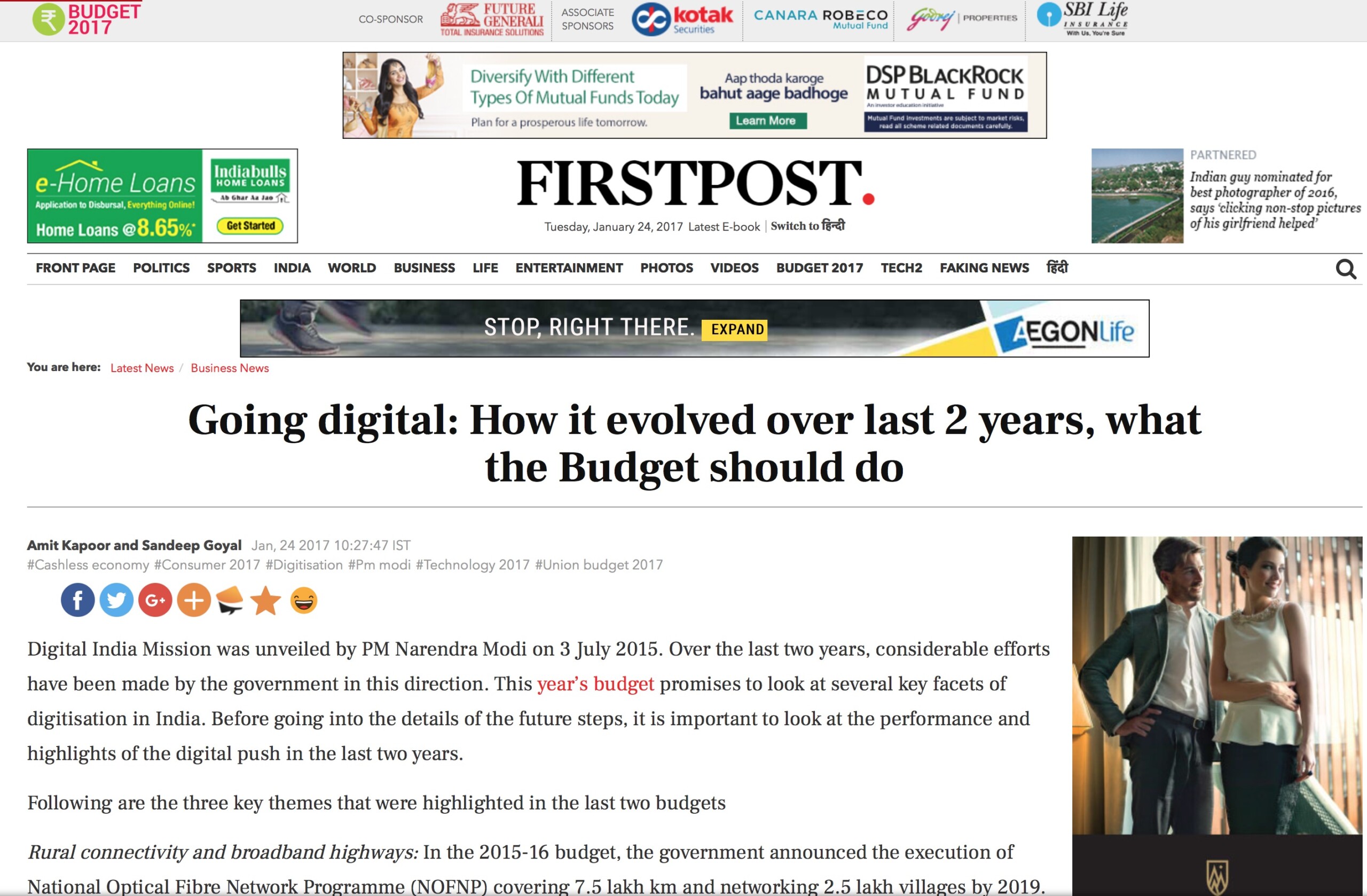Beyond Start-up India – Scale-up India
When the early 19th century French economist, Jean-Baptiste Say described an entrepreneur as one who ‘shifts economic resources out of an area of lower and into an area of higher productivity and greater yield’, he was referring to a critical aspect of any economy. By catering to market demand by combining capital, labour and natural resources and creating value, entrepreneurship spurs innovation, and enables an economy to take a quantum leap in terms of overall growth and development. Entrepreneurship leads to the creation of an innovation ecosystem that becomes an engine of growth. In recent years, India has seen an increased focus on facilitating entrepreneurship through myriad schemes and initiatives. With the aim of nurturing entrepreneurship, the Government launched a flagship initiative, StartUp India, in 2016. The number of recognised startups in the country has increased from 442 in 2016 to 92,683 in 2023. There has also been an enhanced emphasis on funding entrepreneurs. Initiated in 2021, the Startup India Seed Fund Scheme saw Rs. 477.25 crore being approved for 133 incubators. As is evident, concerted and targeted efforts are underway to create a conducive environment for entrepreneurs to thrive. While this is a hugely positive direction that India has taken, these efforts must ensure an important aspect of entrepreneurial growth and development which is scaling-up of firms.
Scholarly work on enterprises in developing nations discusses the absence of middle-sized firms. A similar trend can be observed in the Indian business environment. As per the MSME Annual Report of Government of India (2022-23), the Micro sector has 630.52 lakh estimated enterprises making up for over 99% of total estimated number of MSMEs in the nation. The small sector houses 3.31 lakh enterprises and the Medium sector – a mere 0.05 lakh firms. India’s missing middle scenario requires policies to understand the reasons behind the prevailing scenario. Firms are unable to make the transition from a micro to mid-size stage. It is the mid-sized firms which hold greater potential to grow into a large firm. As per a report by the Mckinsey Global Institute titled ‘India’s turning point’(2020), India is home to over 600 large firms that are 11 times more productive than average and contribute around 40% to total exports. To be able to attain our development goals, the need to boost the number of large firms in the nation cannot be emphasized enough. A micro firm faces multiple challenges, ranging from limited access to finance, lesser capacity to undertake extensive R&D, restricted market access, difficulties in technological upgradation, among others. Moreover, small firms are more vulnerable to the adverse impact of unforeseen events. They may lack resilience owing to a lack of sufficient funds to tide over an economic lull.
In this context, it is scaling-up of firms that can help inject resilience and growth potential in enterprises. A larger firm is able to contribute more in terms of revenue and employ a greater share of the labour force. As scaling-up enables firms to adopt newer technology, get access to different markets, and streamline production processes, it boosts productivity as well. It is of utmost importance to build an understanding of the real impediments faced by micro firms in their growth trajectories, based on thorough assessments of enterprises. The two major areas to focus on for improving the ease of doing business and transitioning to larger firms, is simplifying and streamlining the regulatory framework around businesses and promoting access to capital. Recently, Finance Minister Nirmala Sitharaman stated that for facilitating ease of doing business, over 39,000 compliances have been reduced and over 34,000 legal provisions have been decriminalized. It is known that a high regulatory burden disincentivizes firms to grow, making it more preferable for them to stay smaller in size and outside the ambit of the formal system. However, the government is bringing about a change in mindset – from perceiving business as a difficult endeavour to start, to it being relatively simpler. The aim has been to tackle hesitation among entrepreneurs and instil confidence among them to grow their enterprise. Additionally, various schemes have attempted to ease access to credit, especially for firms that have remained outside of the formal credit system facing challenges such as exceedingly high interest rates and high collateral requirements. A case in point is the Udyam Assist Platform which functions with the goal of bringing informal Micro Enterprises under the formal ambit to help them avail benefits under Priority Sector Lending. Yet another notable scheme is PM SVANidhi (PM Street Vendor’s Atmanirbhar Nidhi) that provides credit to small entrepreneurs such as hawkers and street vendors. MSMEs form the backbone of the economy. They harbour aspirations as well as the potential of millions of Indians. It is a huge responsibility to ensure that the schemes initiated for aiding growth among micro and small firms are implemented effectively.
The article was published with Mint on May 29, 2023.























